New legislation, codes of practice, policies, and standards – it is clear that change is underway in the built environment. And why shouldn’t it be? The lack of safety, compliance and traceability in the past has caused the construction industry to incur many losses – loss of money, reputation and most importantly, loss of lives – the largest being the Grenfell Tower Tragedy.
Following the incident at Grenfell, it became clear that the current system of building regulations is not fit for purpose and that there must be a drastic change in culture towards creating buildings that are not only safe today, but also in the future.
For M&E contractors, this means that there are a significant number of changes that have a direct impact on your responsibilities and duties in the building supply chain.
To make it less confusing, here are some of the latest changes in the construction industry:
- Building Safety Act
- Golden Thread of Information
- Proposed CPC Standard
- PAS 8672
- Digital Transformation
- Sustainability
- The Solution
Now let us look at what each of these may mean for you...
Building Safety Act
In response to the Grenfell Tower Tragedy, Dame Judith Hackitt published The Independent Review of Building Regulations and Fire Safety in 2018, better known as the Hackitt Report.
The report stated that there is no standardised way of measuring competence in the construction industry. This means that previously, there was no way to assess or verify that contractors have done their installations correctly and that the installations have reached the necessary level of compliance to be proven safe in the long run.
This is why the Building Safety Act was introduced in 2022. It was enacted as a legislative action to mandate that all installations, including those by the M&E sector, provide verifiable evidence of their capability to perform their designated tasks accurately, thus prioritizing consistency, traceability, and reliability.
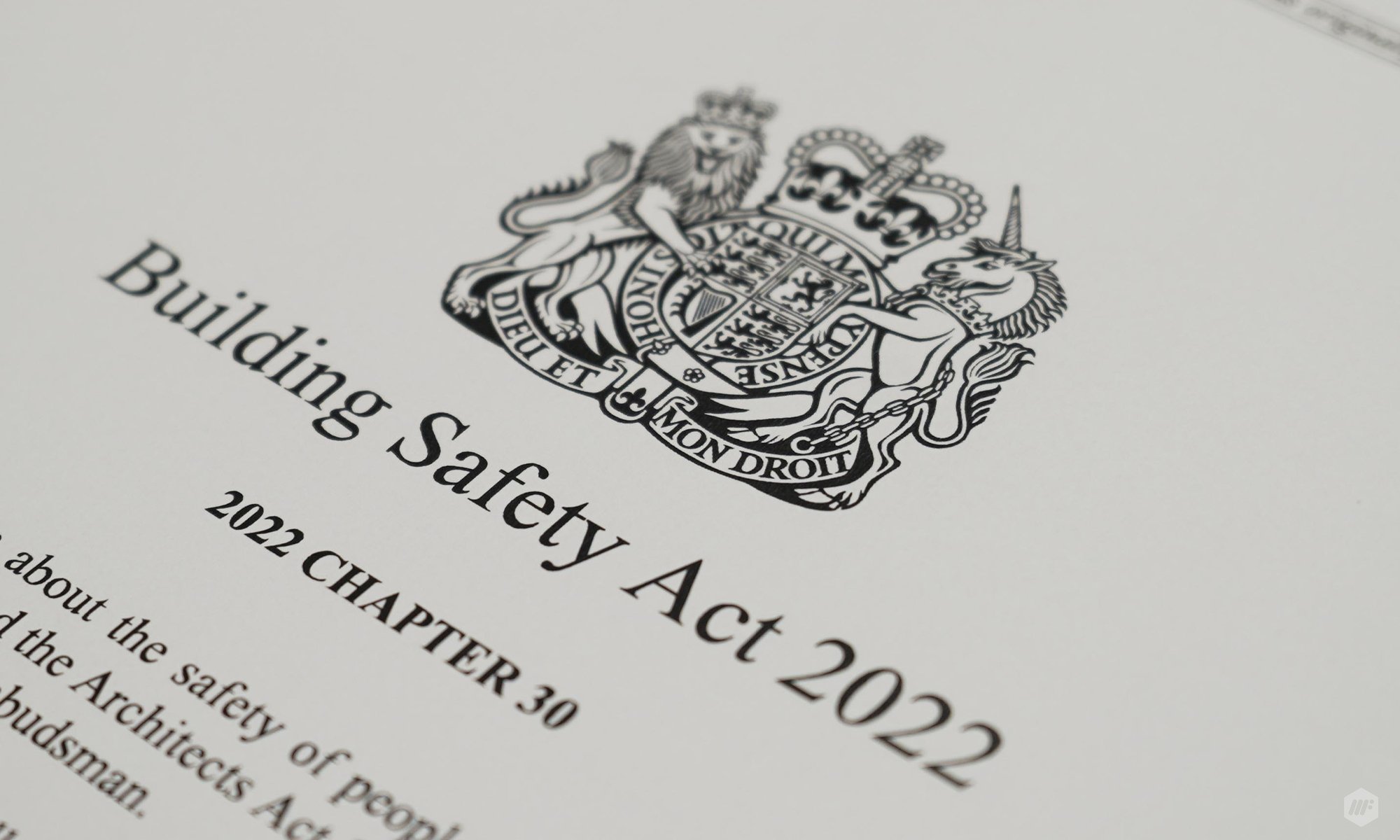
To enforce the regulations and changes brought about in the Building Safety Act, the Act also created new governing bodies, the most important of which is the Building Safety Regulator (BSR), for overseeing the safety of all buildings, monitoring industry performance, and advising the government.
Should a contractor fail to comply with this Act, the BSR has the power to dish out penalties – including unlimited fines or even imprisonment.
Simply stated, the Building Safety Act means that safety and compliance now need to be proven with evidence, not just claims.
But what do you mean by “evidence”?
Let us discuss in the point below.
Golden Thread of Information
There is something that the built environment greatly lacks – transparency.
This is what the ‘Golden Thread of Information’ aims to provide.
As per the Building Safety Act, duty-holders must be able to demonstrate safety and compliance in their projects by providing comprehensive records, information, and documentation to back the design, construction and refurbishment of a building. All this information forms part of what is referred to as the ‘Golden Thread of Information’, which can be easily accessed at any stage throughout the lifecycle of a building to ensure that they are always being managed safely, and to hold the relevant stakeholders accountable at every level.
According to the Building Safety Act, this up-to-date information needs to be provided and approved at each of the three ‘Gateways’ i.e., stages of the construction process, to form a complete and accurate Golden Thread. The three Gateways are:
Gateway 1: the planning and application stage.
Gateway 2: before the construction stage.
Gateway 3: before the occupancy stage.
But what does this mean for you as an M&E contractor?
This means that to prove that your installations are truly safe and compliant, you now need to have data to back your projects.
- There needs to be reliable test data to prove that your installations are fit-for-purpose and can carry the serviced load applied to them.
- The components used in your installations should be easily identifiable and traceable.
- The exact roles and responsibilities of every stakeholder partaking in your installation project should be specified.
- There needs to be evidence that your installations were done by trained and competent individuals as per the manufacturer’s instructions.
The next point below goes into more depth on how you can demonstrate the competence of your installers.
Proposed CPC Standard
The Building Safety Act also states that all installations need to be carried out by the right duty-holders with the right level of competence. According to the BSA, a ‘competent’ installer is one that is “suitably trained and qualified by the skills, knowledge and partial experience, and provided with the necessary instructions, to enable the required task(s) to be carried out correctly.”
But how do we measure an individual’s competence?
The Proposed CPC Standard is a whitepaper that outlines proposals for an industry-agreed standard to measure to competence of individuals using construction products.
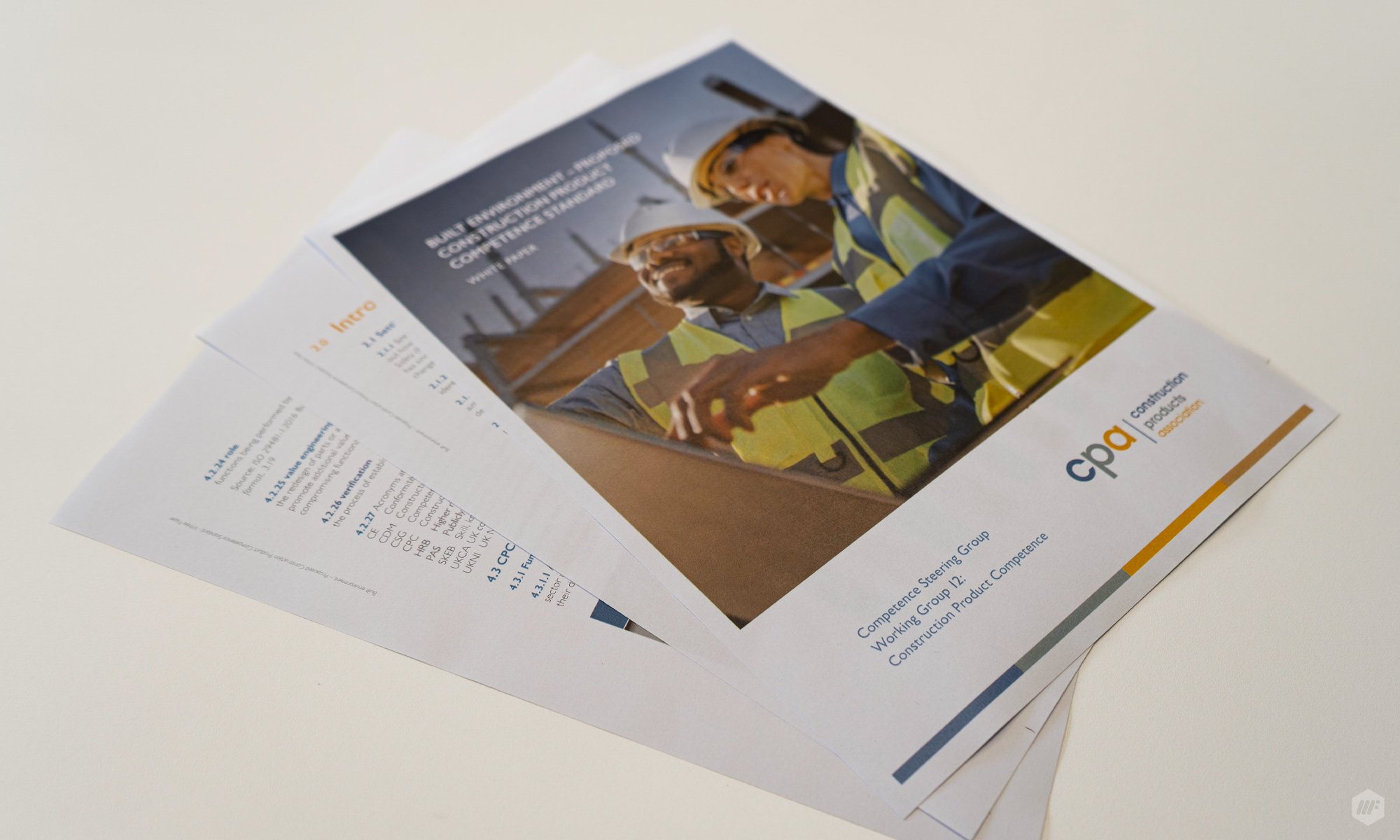
This whitepaper was issued as an aftermath of the Building Safety Act, which highlighted how there isn’t any unified or universally agreed-upon method for demonstrating ‘competence’ when it comes to the correct use of construction products in the industry.
Therefore, the CPC Standard offers a clearly labelled framework consisting of 5 levels, each detailing the core criteria and capabilities that any individual using construction products should possess to accurately measure and demonstrate their competence. In short, it provides benchmarks for the level of competence you should have based on your responsibilities and job function in relation to construction products.
The proposed CPC standard may soon be established as an actual standard and used as a measure of an individual’s competence, and therefore, it is recommended that the framework is adopted at organisational level to identify what competence looks like in your niche.
The different levels are a good indicator of what skills and knowledge are required by individuals at certain positions and tasks, for them to be deemed as ‘competent’ in their jobs.
PAS 8672
The PAS 8672 is a guideline that specifies the competence requirements for Tier 1 contractors specifically, focusing more on their legal and moral responsibilities to provide safe buildings.
According to PAS 8672, these are the responsibilities of Tier 1 contractors:
- To plan, manage and monitor building work whilst also understanding the requirements of legislation.
- To lead and develop the competency of those under their control.
- To manage project budgets without compromising safety and compliance.
- To procure quality-assured materials, products and building systems.
- To supply information derived from design and construction process to the Golden Thread.
Now you might be wondering – As an M&E contractor, does this even affect me?
While the PAS 8672 does not directly impact subcontractors, the responsibilities, and obligations it demands from Tier 1 contractors build on to the expectations they have from their M&E contractors.
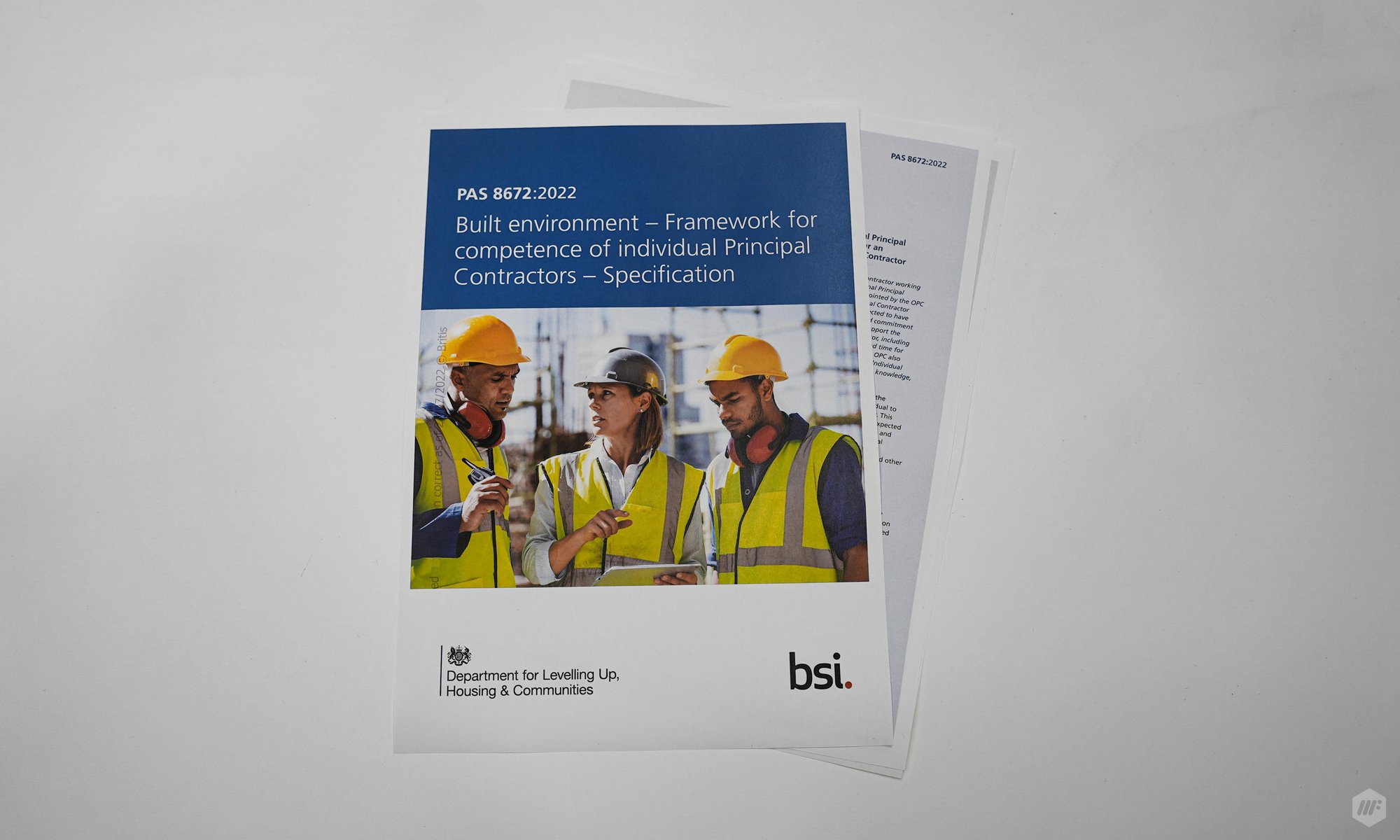
For instance,
- M&E contractors must engage with Tier 1 contractors while procuring products, for instance, to ensure that only the specified anchors/fixings arrive onsite and only a tested channel system is installed.
- They must build on the competencies of the stakeholders on site, such as installers and site supervisors by providing adequate training.
- They must pass on necessary information and data on product details, test data, installer training, and any other documentation as their contribution to the Golden Thread.
So, while the considerations in PAS 8672 are not mandatory, they do help in understanding what your Tier 1 contractors are looking for, and what you can do to win more projects with the higher-ups.
Digital Transformation
By now, you must have already gathered that the Building Safety Act and all the secondary legislations all call for greater evidence-collection and traceability in the built environment.
Well, the good thing is, this can all be done digitally now!
Judith Hackitt, in a speech following the release of the Hackitt Report, called for a “digital-first mindset” in the building industry.
With the advent of digital tools and systems, it is now easier to both contribute and maintain the Golden Thread. Digitalisation allows for information to be stored, retrieved, updated, and shared efficiently, thereby creating a more clear, transparent, and single source of truth - the very premise of the Golden Thread.
For M&E Contractors, embracing digitalization emerges as the optimal strategy to stay abreast of safety and compliance standards. The digital-first approach not only aligns with the industry's evolving landscape but also enhances efficiency in navigating and adhering to the essential principles laid out in safety regulations.
Sustainability
With the Net Zero 2050 goal inching closer every year, sustainability is becoming an increasingly important topic in the building services supply chain, and carbon reduction plans have become a requirement for contractors bidding on large government contracts.
There is a growing need for Tier 1 contractors to provide Environmental Product Declarations (otherwise known as ‘EPD’), which refer to the reporting and communication of environmental information on construction products.
The most significant EPD is an assessment of the ‘embodied carbon’ of construction projects. This entails that Tier 1 contractors now need to chart the amount of greenhouse gases that are emitted throughout their entire project, starting with the manufacture and transport of construction materials and components, the construction process itself and a full lifecycle assessment of its embodied carbon until demolition.
But where does this affect you?
As a ripple effect, Tier 1 contractors are now beginning to “police” M&E contractors on their adherence to sustainability standards. Therefore, to seem more attractive to the higher-ups, it is essential that M&E contractors not only demonstrate safety and compliance in their installation projects, but also a degree of environmental awareness and consciousness.
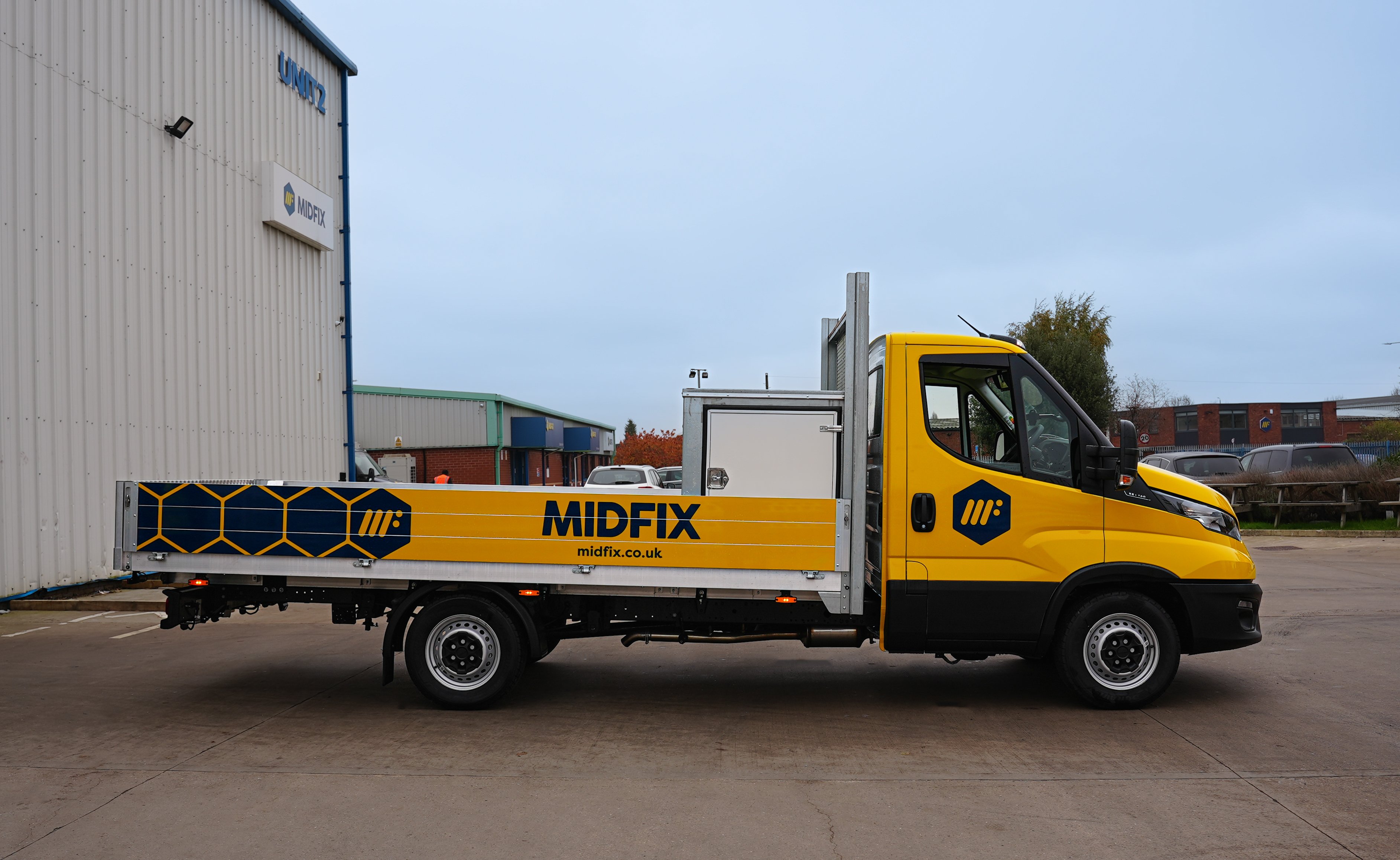
So, What Are the Solutions?
As an M&E Contractor, you might be finding it difficult and confusing to stay ahead of so many policy changes and evolving expectations.
However, safety and compliance are quite simple. At a fundamental level, all the abovementioned legislations and standards all circle back to the same thing – the need for reliable evidence. At the end of the day, you need to have concrete evidence to prove that your installations are fit-for-purpose and can perform their designated tasks correctly in the future.
A good start to this would be anchor compliance and bracketry compliance.
Anchor compliance
Due to their Safety Critical nature, much emphasis has been placed on demonstrating the safe and compliant selection and installation of anchors and fixings, in accordance with the BS 8539 Code of Practice.
While the BS 8536:2012 is not a legislative act, it is a code of practice that guides all stakeholders involved in the supply chain of anchors – from designers and manufacturers – through the safe selection, supply, installation, and testing of anchors.
As per the BS 8539, the key tenets of anchor compliance are as follows:
- ETA-approved anchors should be used where available.
- The correct anchor must be sourced as specified. If an alternative anchor is proposed, the change management procedure must be followed.
- Installers must be competent with the anchor installation. They must be supervised and upon completion, the installation should be certified by the contractor’s supervisor.
- Site tests in accordance with the CFA guidance notes should be undertaken by a competent tester.
By following the BS8539 and going a step further to demonstrate adherence to this by creating your own Fixings and Anchors policy, you can now protect yourself from the risk of anchor failure, and simultaneously prove that your anchors are BSA compliant.
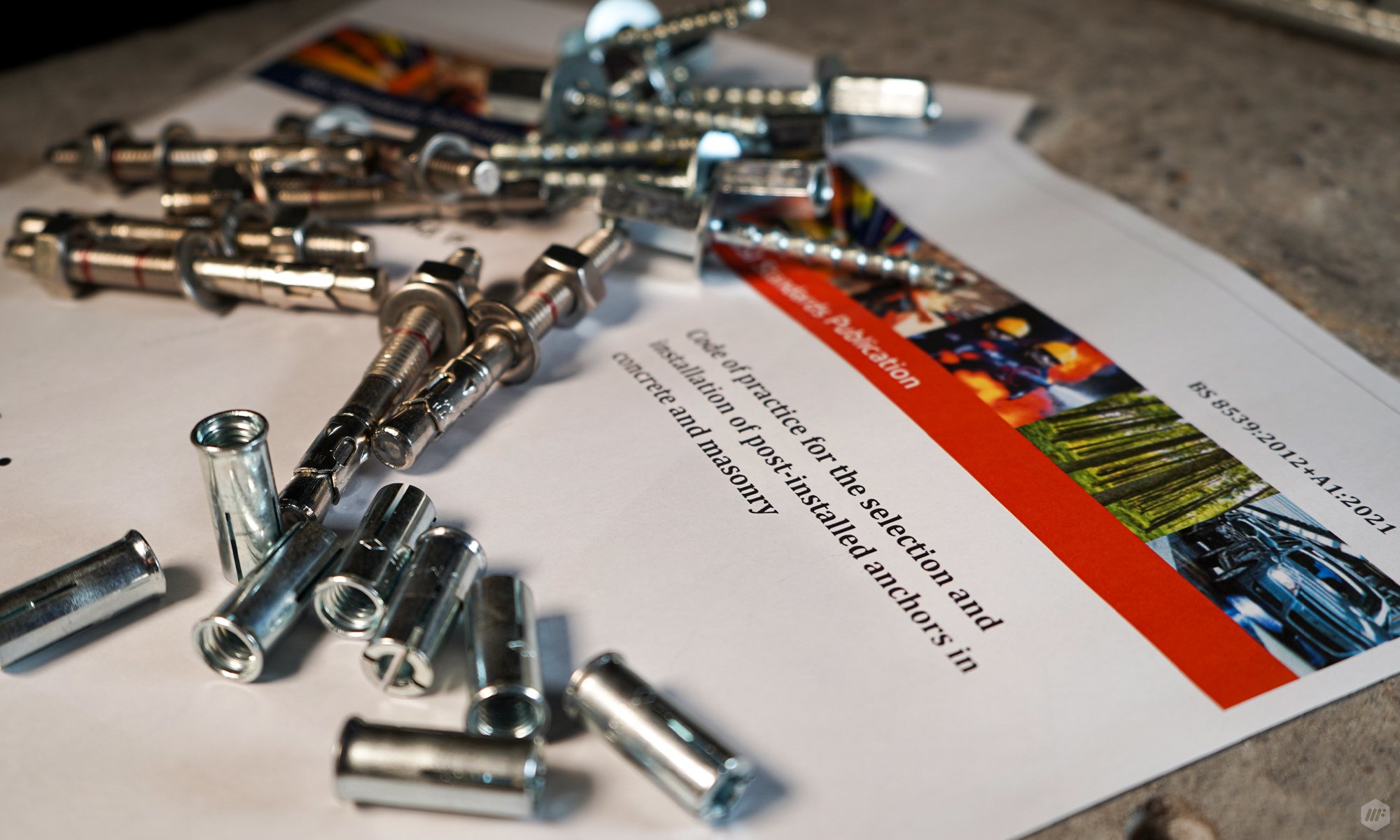
Bracketry Compliance
Similarly, opting for a tested channel system rather than a traditional channel is the way forward when it comes to demonstrating safety and compliance in your bracket assemblies. Unlike traditional channel, which comes with manufacturer’s data on each individual component, tested channel systems come with reliable load data that verifies the capability and effectiveness of the final installation, instead of just each individual unit. Using a tested channel system has the following benefits:
- Tested channel systems come with reliable load data, providing clear evidence of safety and compliance in accordance with the Building Safety Act 2022.
- Since tested channel systems come from one source, they facilitate identification and traceability.
- Tested channel systems also require trained and competent installers, reducing the risk of installation errors and failure.
- Tested channel systems are also sustainability-aligned, due to their longevity and durability.
Opting for tested channel systems not only ensures, but demonstrates safety, compliance, and the sustainability of your bracket assemblies.
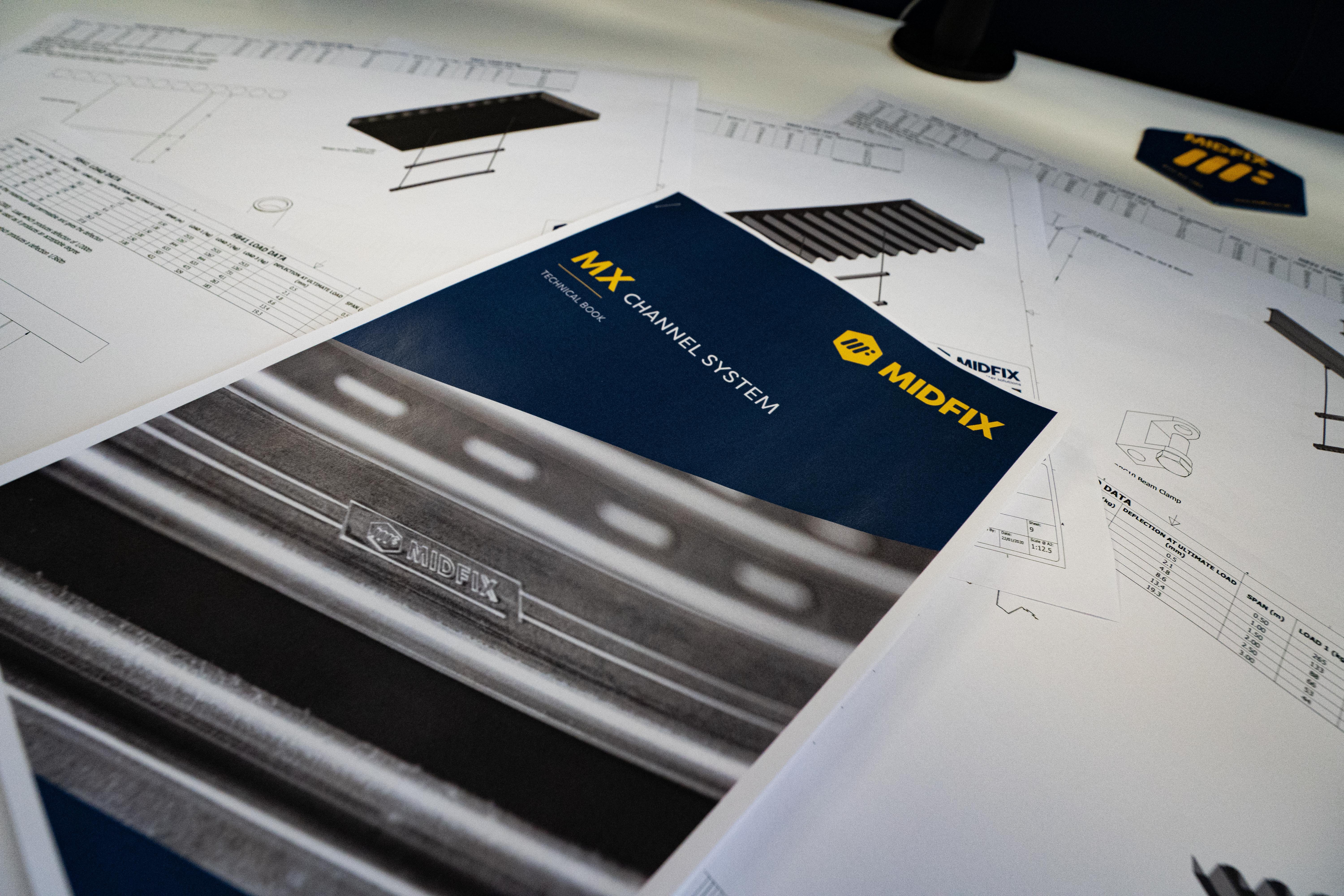
Conclusion
While it can be extremely exhausting to keep up with all these changes taking place in the built environment – it is important to keep the big picture in mind. As M&E contractors, we often forget what our duties are, and what the repercussions non-compliance may have on the people that occupy our buildings.
At the end of the day, the current shift towards evidence-collection, traceability and reliability is all about providing greater peace of mind to those who occupy our buildings and giving them confidence in those responsible for their well-being.
To remind you, here is a quote from a recent BSI standard:
"People have the right to expect that buildings and their immediate environment are designed, built, and maintained in a way that is safe. Occupants (including residents, workers, and visitors) need to have confidence and trust in the people responsible for ensuring that their interests are properly considered, and that safety is a priority. Competence of all who provide services and products throughout the life of a building is key to achieving this outcome."
(From BSI Flex 8670: v3.0)
In essence, as M&E contractors, our evolving role extends beyond the technical intricacies; it is a commitment to fostering environments where safety, confidence, and trust prevail. By embracing this responsibility and adapting our mindset, we not only meet the standards set by regulatory bodies but, more importantly, we contribute to the creation of spaces that prioritize the well-being of those who inhabit them.

